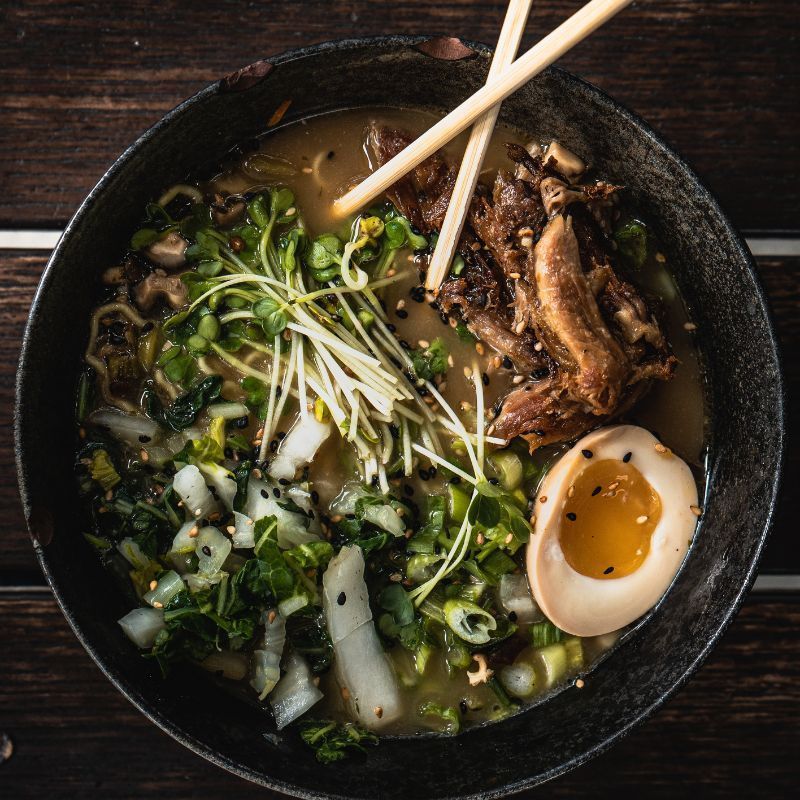
Ranked fourth on Taste Atlas’ best cuisine list, Japanese food is a big part of exploring the country along with its majestic monuments and landmarks. And, if you have a sweet tooth, then these authentic Japanese desserts should definitely be on your list of food items to try. Not only are the desserts delicious, but they also look beautiful!
There are a couple of ingredients you should know about before indulging in Japanese desserts – mochi and anko – that add a unique and delicious flavour. Mochi is not only an ingredient but also a popular dessert! It is essentially a rice cake made by steaming glutinous rice (mochigome) for hours until it forms a thick paste, then shaped into balls. On the other hand, anko is a sweet red paste made from azuki beans that you may find at the centre of many sweets.
One special category of traditional Japanese sweets is known as wagashi, typically served with green tea. However, it is essential to know that every Japanese dessert is not a wagashi.
With the basics covered, here are 16 authentic Japanese desserts that you must try:
Mochi
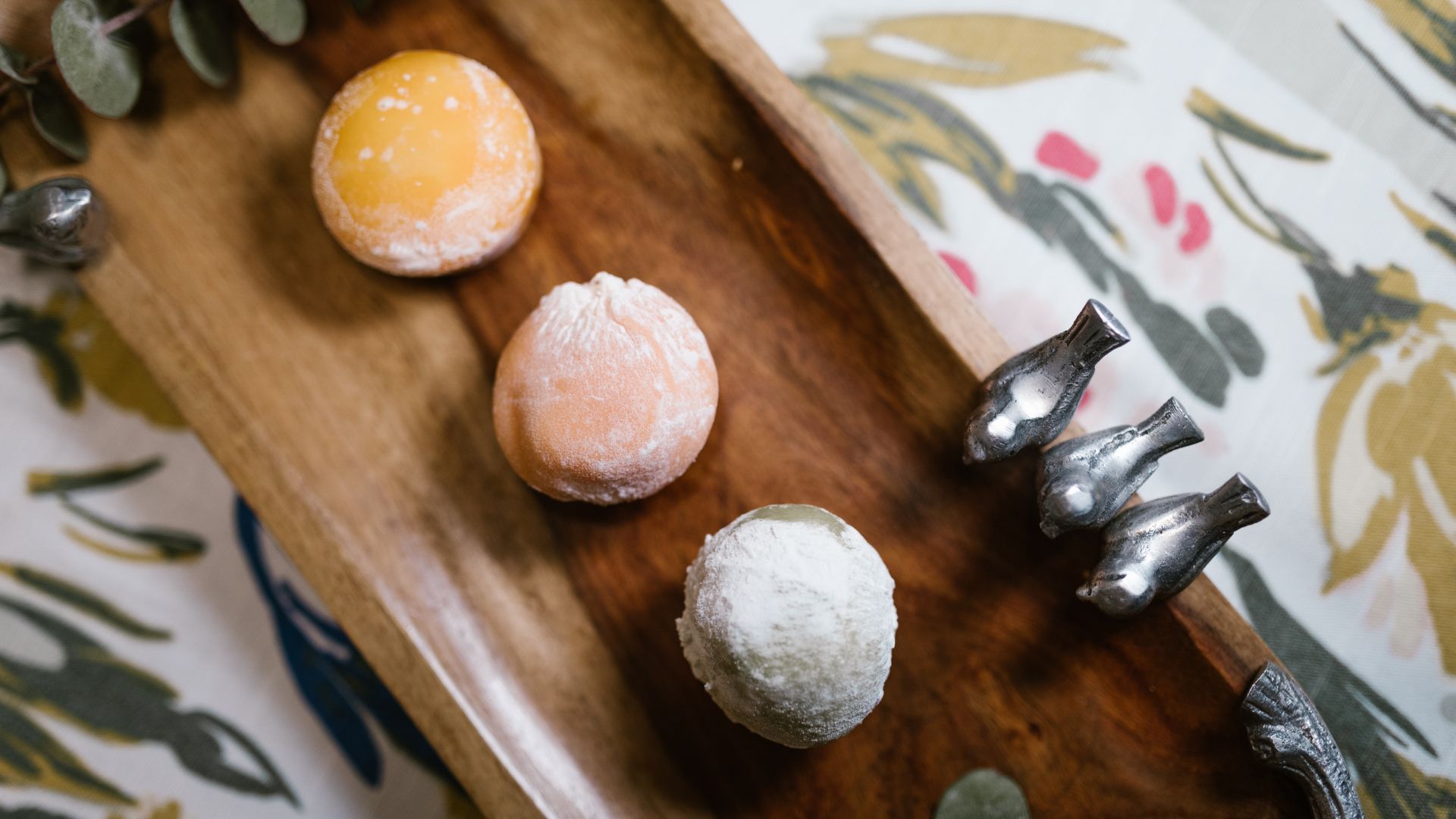
Probably one of the most loved delicacies in Japanese cuisine, mochi is a sweet, sticky and chewy wagashi. It comes in many exciting flavours, ranging from matcha and sakura to strawberry. Typically, mochi is served with a garnish of powdered sugar.
In Japanese culture, mochi is believed to bring good fortune and health; therefore, it is a big part of religious festivals. Ironically, this dessert didn’t originate in Japan, but it came from China. Mochi emerged as a delicacy for the aristocracy during the Yayoi period. It was not until the Heian period that it became a staple for everybody.
Coffee Jelly

If you love drinking coffee, then you will enjoy eating coffee too! This Japanese delicacy brings the aromatic flavours of coffee to the firm texture of jelly. Known as kōhī zerī in Japanese, it is served with cream and condensed milk.
Daifuku
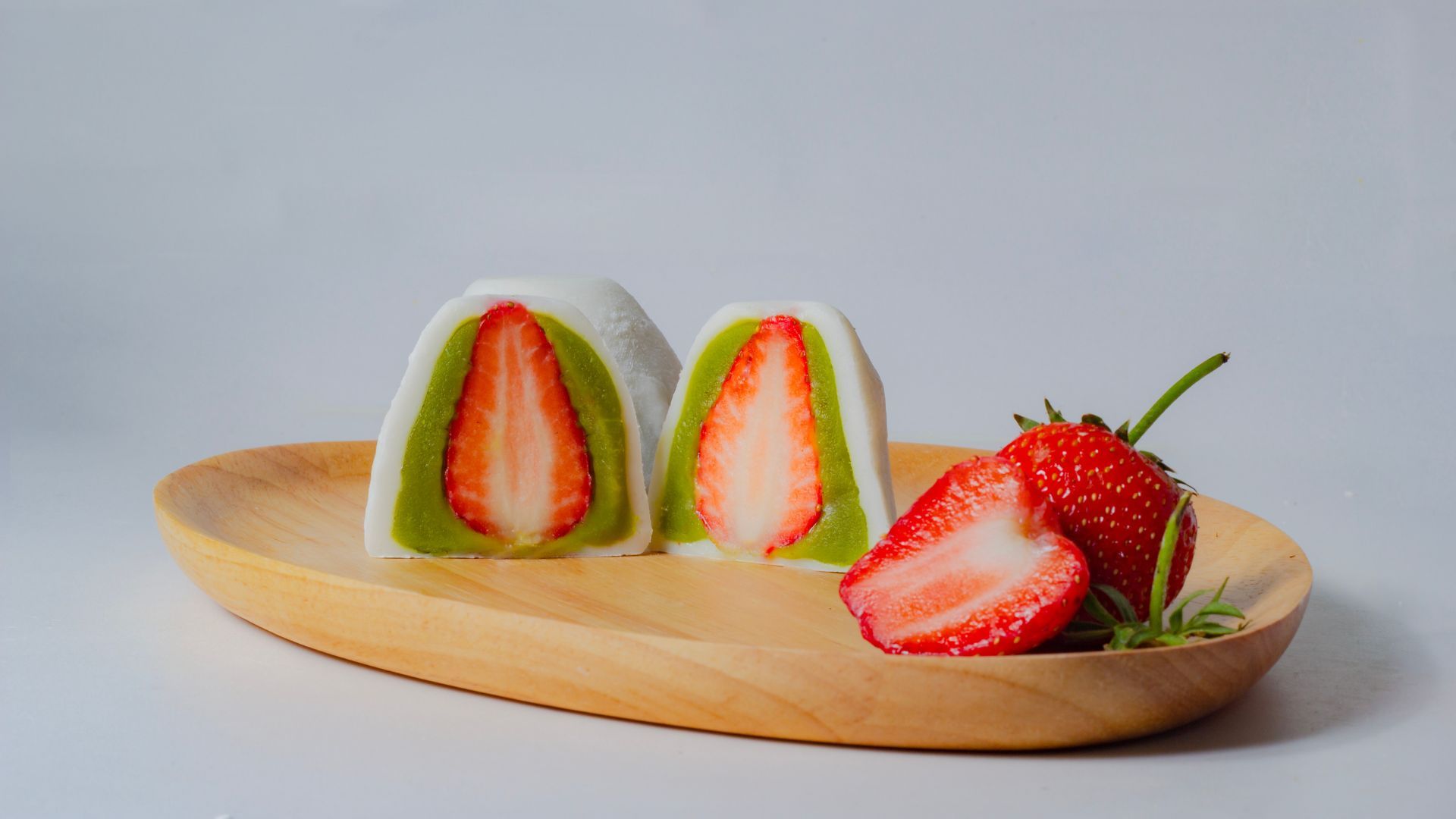
Also known as daifuku mochi, this wagashi is a bun made of mochi and anko. It is stuffed with red bean paste to give a pillowy exterior and sweet centre. The delicious, sweet and chewy snack comes in different flavours like strawberry, coffee and chocolate.
Dorayaki
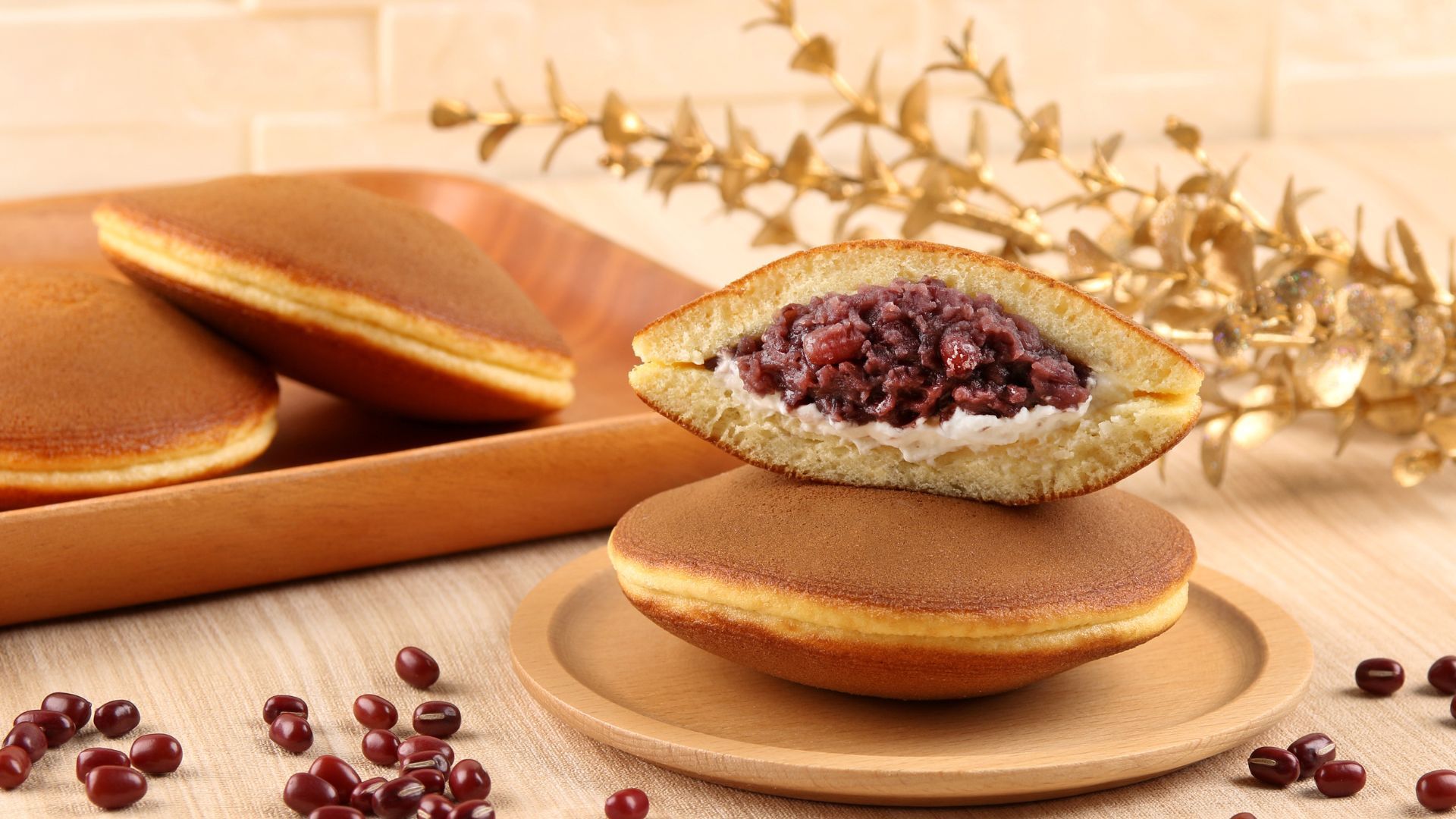
If you have watched the popular Japanese manga series Doraemon, you know this dessert as Dora cakes. Also a wagashi, this sweet delight is stuffed with a red bean paste between two fluffy pancakes.
Taiyaki
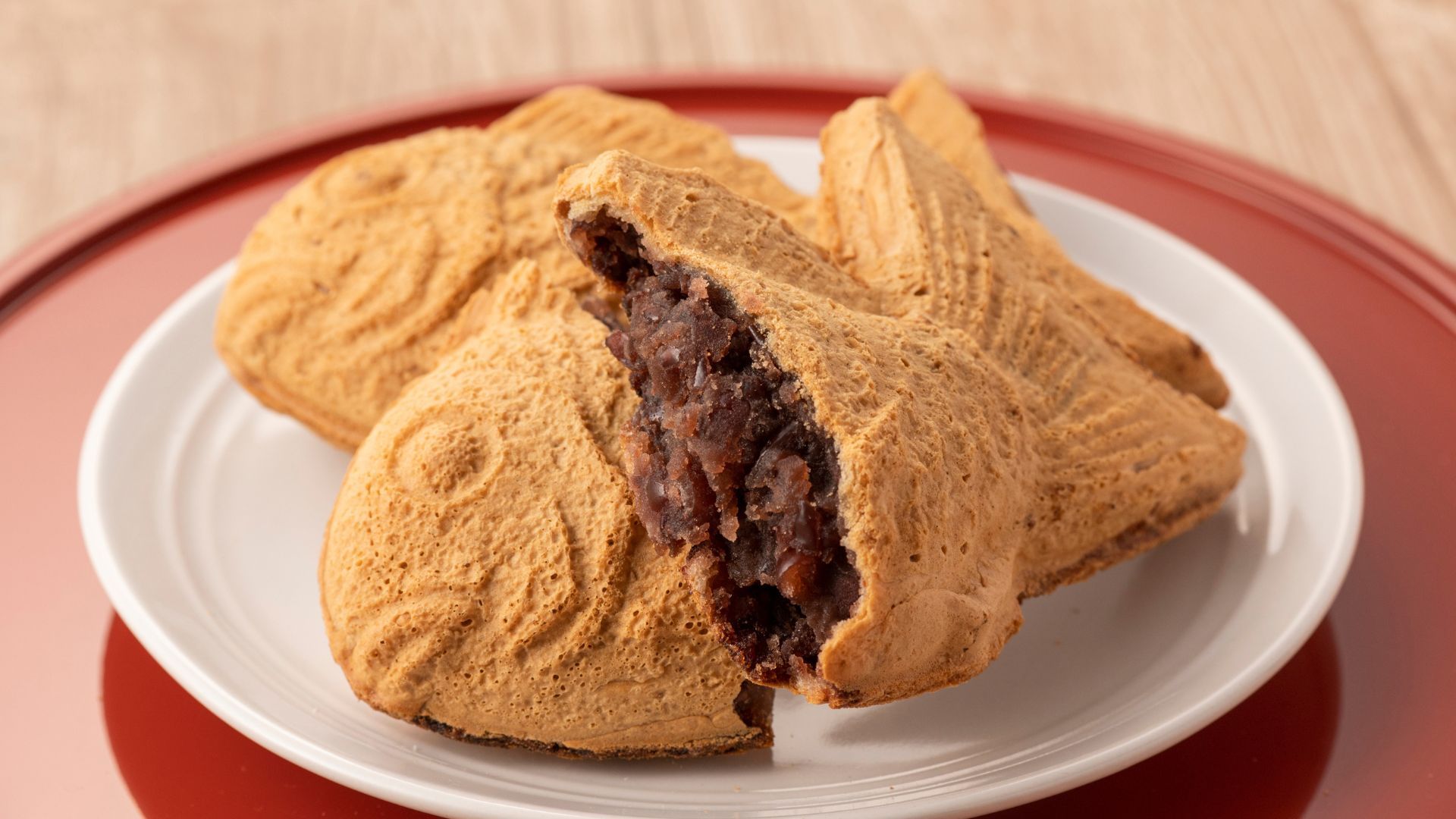
The unique fish-like appearance of this wagashi can be puzzling, with some confusing it as a savoury treat. However, taiyaki is a sweet Japanese cake, shaped like tai, the fish it is named after. It is made of pancake batter and stuffed with anko, custard, chocolate or sweet potato.
Namagashi

Created in beautiful and delicate designs representing the four seasons, Namagashi is a type of wagashi and a Japanese candy included in tea ceremonies. It is made of fruit jelly, gelatine or sweetened bean paste and should be enjoyed fresh.
Raindrop cake

As the name suggests, this delicacy resembles a raindrop. Known as mizu shingen mochi in Japanese, it is unlike a typical cake as it is translucent and made from water and agar. The raindrop cake is generally served with toppings as it doesn’t have any flavour of its own.
Dango
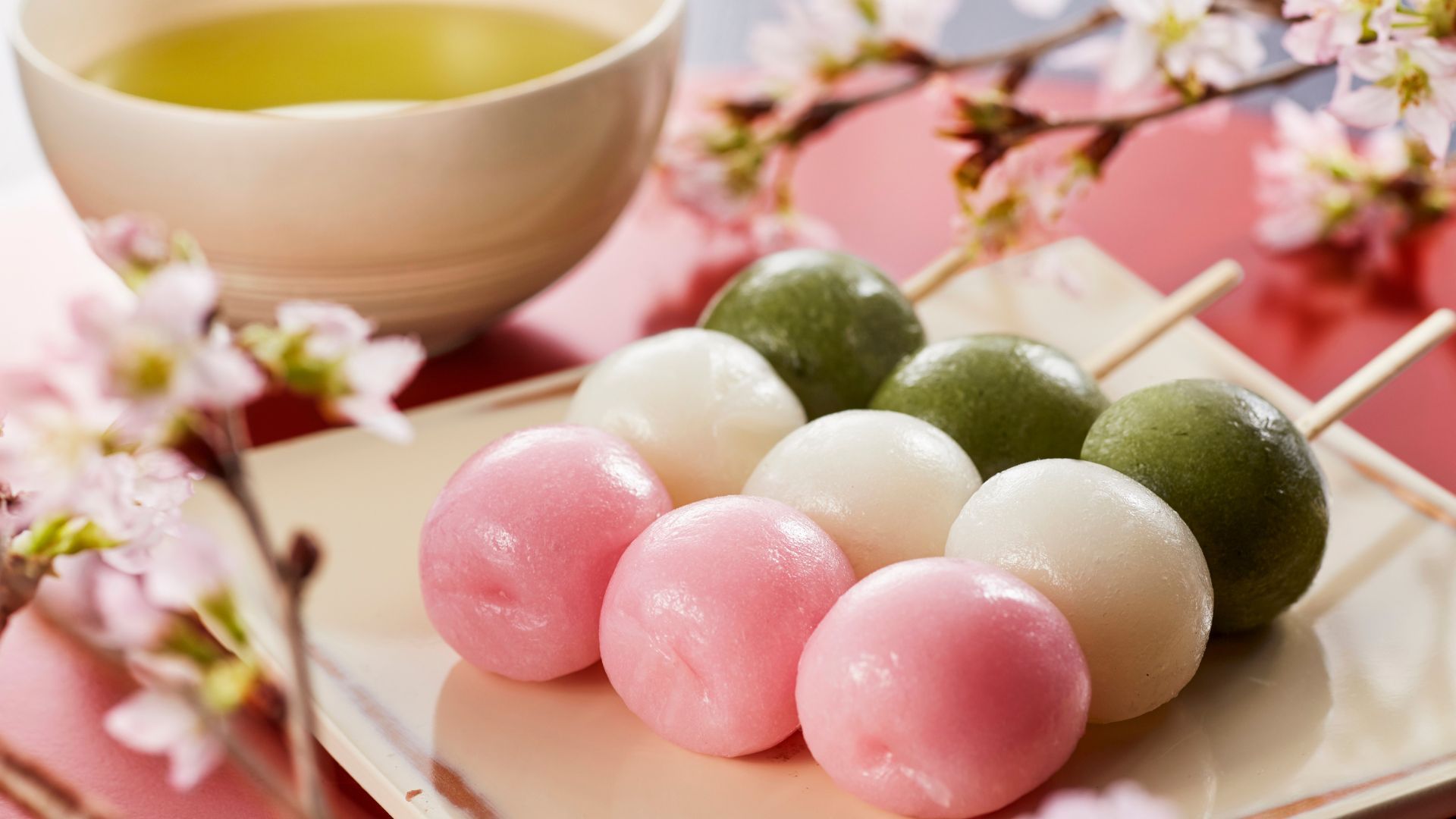
This wagashi is a sweet dumpling made from a variety of rice flour. Traditionally, three to five dango are served on a skewer. Some classic dango flavours are hanami dango, anko dango, shoyu dango and goma dango.
Manju

This wagashi comprises a steamed bun stuffed with anko. But how is it different from daifuku? The exterior of manju can be made from a variety of ingredients like buckwheat, matcha and even water. On the other hand, daifuku has an exterior made of mochi.
Japanese cheesecake
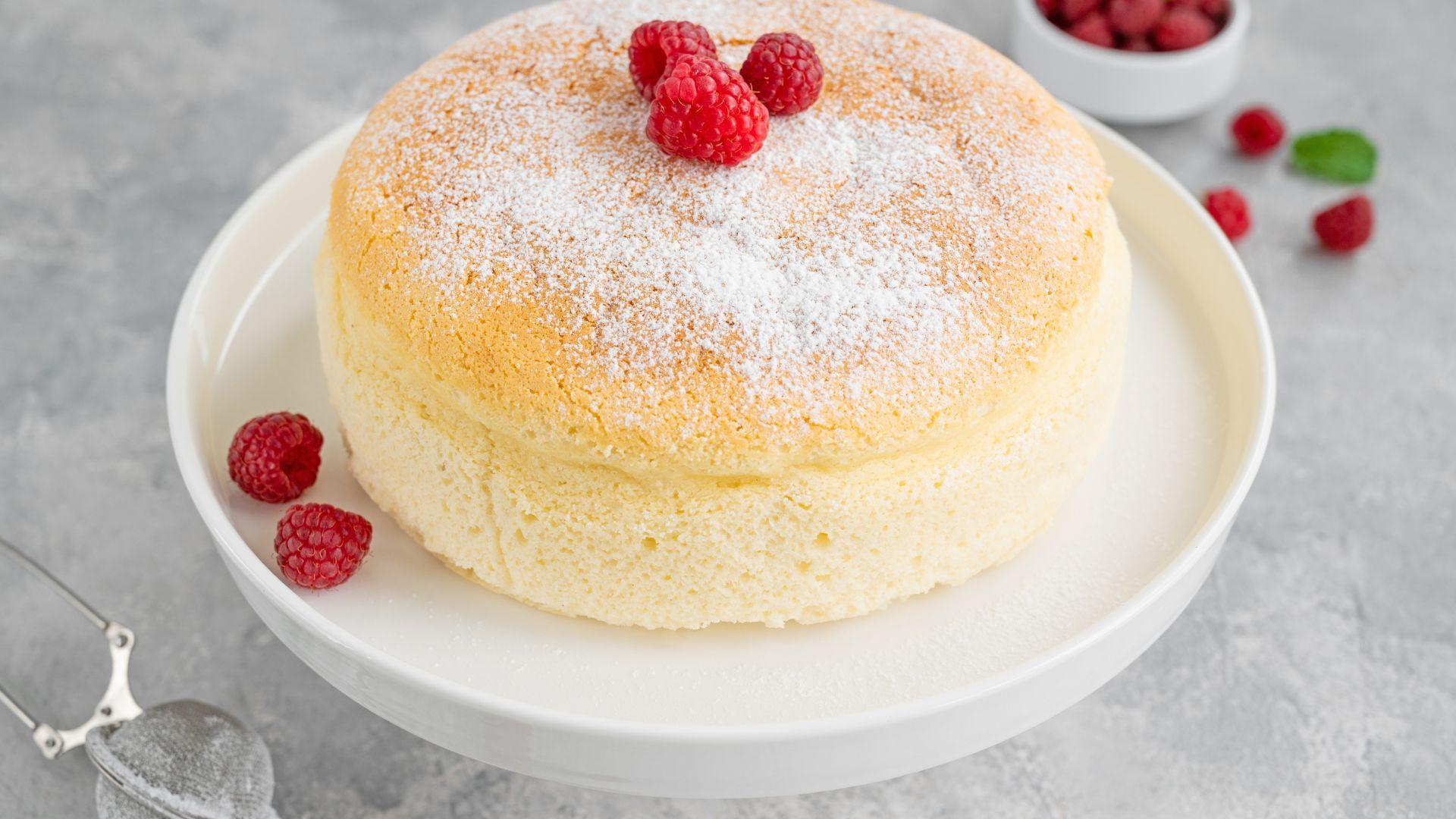
Also known as cotton cheesecake or souffle cheesecake, this Japanese dessert is a twist on its American counterpart, but it is less sweet. The texture of this cheesecake is jiggly, soft and fluffy, similar to a souffle.
Purin

The world knows this dessert as caramel custard, flan or caramel pudding, but in Japan, it is called purin. It is topped with a caramel sauce and tastes silky, creamy and rich. Purin is considered a comfort dessert among the Japanese.
Matcha ice cream

Matcha, finely grounded green tea leaves in powder form, is extremely popular in Japan. You can find many Japanese desserts with a matcha flavour, but one of the best ways to enjoy it is by indulging in matcha ice cream.
Yokan
View this post on Instagram
This jelly-like wagashi is made with anko, agar and sugar. Two types of yokan are famous in Japan – neri yokan and mizu yokan. Neri yokan is thicker and heavier in consistency than mizu yokan, as the former has more anko paste and the latter has more water.
Imagawayaki

A wagashi popularly enjoyed at Japanese festivals, imagawayaki is prepared in a special pan that gives it its typical shape and appearance. The imagawayaki comes with a sweet filling of either anko or vanilla custard and is known by different names depending on the part of Japan you are in.
Castella
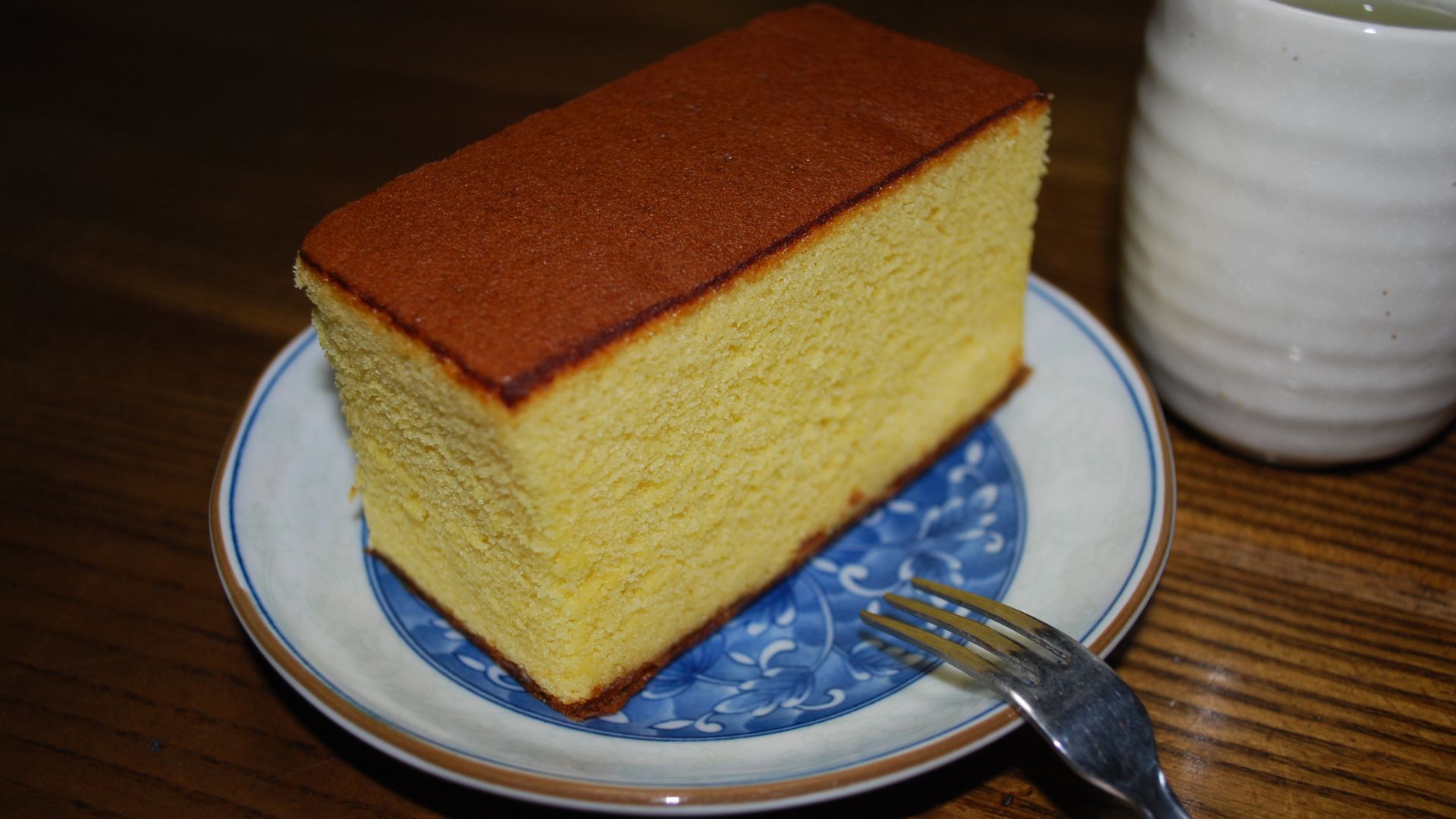
Another Japanese cake you should try is the castella. Also known as kasutera, it resembles a vanilla sponge cake and is light in sweetness. The texture of castella is moist, and it is baked in a square or rectangular mould.
Mochi ice cream

The name of this dessert explains what one should expect. This sweet confection comprises ice cream wrapped in mochi. It resembles daifuku and manju, however, its ice cream stuffing makes it unique. It is loved by the Japanese, however, mochi ice cream is not a wagashi.
Hero and feature image credit: Shutterstock
Related: 3 Incredible Itineraries For Travellers Finally Heading Back To Japan
Frequently Asked Questions (FAQs)
Answer: Wagashi are the traditional sweets of Japan. Desserts like dorayaki, mochi, taiyaki and dango are categorised as wagashi.
Answer: Mochi is Japanese. It is an extremely popular dessert and it has a chewy texture.
Answer: Mochi balls are stuffed with ice cream to create mochi ice cream.
Answer: Matcha ice cream is extremely popular in Japan. Match is powdered and processed green tea.
Answer: Wagashi, traditional Japanese desserts, are made of anko and mochi and are enjoyed with green tea.

